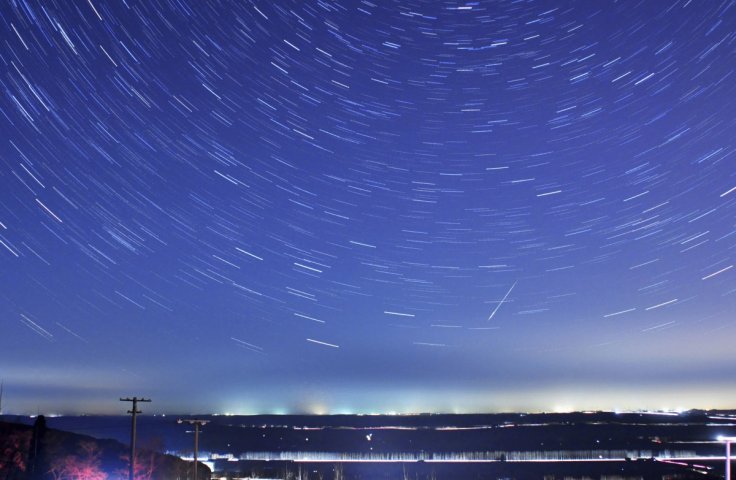The new year is round the corner and people are excited to welcome the new year with renewed hope and happiness. Amid such preparations, don't forget to mark your new calendars with the list of upcoming astronomical events for the month of January 2020 as the coming month has a lot to offer to the sky-gazers.
Moreover, most of the astronomical events in January will be visible with the naked eye, thus you do not need any special equipment such as a telescope to enjoy those. Here's the list of stunning astronomical events that are lined up in the coming month and all you space lovers brace yourselves to witness these celestial fireworks.

Quadrantid Meteor Shower
The Quadrantid meteor shower, which will peak on the evening of January 3, will mark the beginning of the celestial event of the month. According to reports, the Quadrantid will have around 40 meteors per hour at its peak.
So, if the sky is clear, all the stargazers can enjoy the sight of the meteor shower. However, it is always advised that one should try to look to the skies shortly after midnight to have the best glimpse of the shower. Experts say that people residing in the countryside, where there is less pollution may have a better sight of the astronomical event.
Meteors are usually produced by dust grains left out by comets. However, the Quadrantid meteor shower is associated with an extinct comet called 2003 EH1, which was discovered back in 2003.
Full Wolf Moon
In astronomy, when the moon sits on the opposite side of the Earth as the sun and its face is completely illuminated, it is known as a Full Wolf Moon. This phenomenon is also referred to as the Old Moon and the Moon After Yule. In the year 2020, this phenomenon will take place on January 10.
This astronomical event got its name from the early Native American tribes. It is said that this was the time of the year when hungry wolf packs used to howl outside their camps. In addition, reports suggested that there are chances of a penumbral lunar eclipse on this evening. The penumbral lunar eclipse will take place when the moon will pass through the Earth's partial shadow, leading to slight darkness.
New Moon
On January 24, the stargazers can enjoy the sight of a New Moon as the moon will be located on the same side of the Earth as the Sun. Reports said that from around 9:45 pm, the moon will not be visible in the night sky, which will eventually brighten up the other faint objects such as galaxies and star clusters present in the sky.









